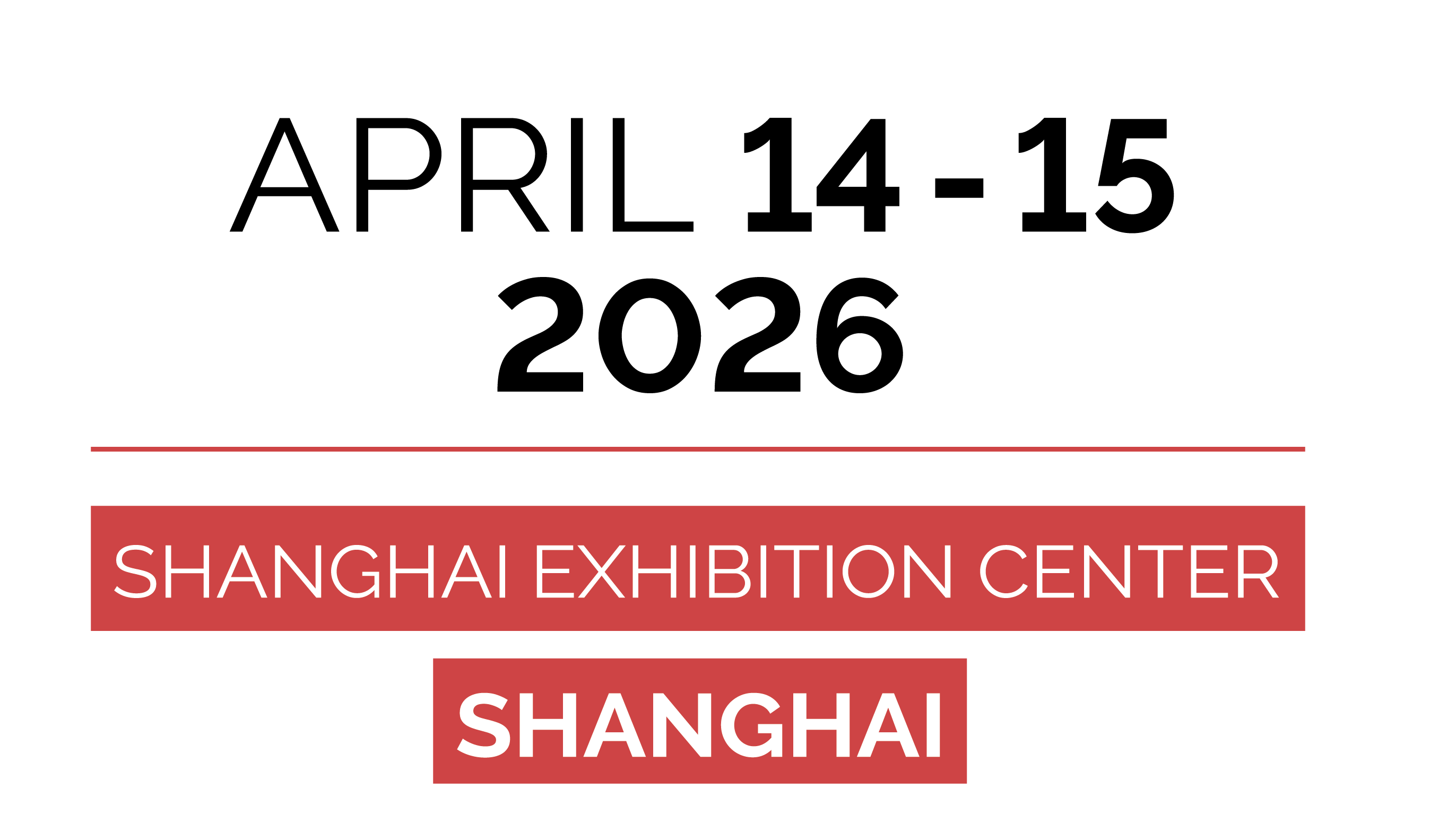Design trends: When texture moves beyond touch
2023/10/31
What is unique about haptic design? It’s engaging, creates connection and is a first step towards intimacy. Touch was interactive long before machines commandeered the word, and it enables us to become one with the tangible—something sorely needed in an era defined by digitalization and the dawn of AI. Formes de Luxe investigates how texture is making a deeper connection to the consumer in luxury packaging.
Raw materials take center stage
Ruinart x Eva Jospin
Each year, Ruinart gives an artist carte blanche to express their vision of the brand and its history. Last March, the limited-edition coffret designed for Ruinart’s 2023 vintage was revealed during a monumental installation (Promenade(s) en Champagne): 25 numbered pieces, each hand-signed by artist Eva Jospin, containing an exceptional batch of Blanc de blanc, aged in Jeroboam bottles.
When opened, the wood coffret, encircled by two strips of smooth leather, reveals a rough-to-the-touch landscape of chalk quarries chiselled from layers of raw, corrugated cardboard, Jospin’s material of choice. The bottle, enhanced with micro-engraving (fragments of forests inspired by Jospin’s world), nestles within this decor hewn from rough edges and lacey honeycomb hollows.
 The limited-edition coffret was revealed during a monumental installation (Promenade(s) en Champagne) ©Ruinart
The limited-edition coffret was revealed during a monumental installation (Promenade(s) en Champagne) ©Ruinart
Almatura by Irübi
Labels are a rich area for expression. They are crafted by hand from a combination of recycled paper, leaves, and seeds from crops grown in association with the Almatura vineyard. Hand applied, they are smooth, but also grainy, granulose—both velvety and fibrous, with something slightly yielding revealed by pronounced blind embossing. Then there’s the roughness of natural hemp cord, also knotted by hand. And finally, the ribbed surface of a banana leaf covering a beeswax capsule. For Almatura’s small-batch wines, the Spanish studio IRÜBI married form and function with texture(s). Almatura cultivates its wine using traditional methods inspired by permaculture and biodynamic techniques.
 The label is made with a combination of recycled paper, leaves, and seeds from crops ©Almatura
The label is made with a combination of recycled paper, leaves, and seeds from crops ©Almatura
Backbone for Nine Architects
Backbone (Armenia) has orchestrated a spectacular example of haptic design with the creation of a private vintage for the studio Nine Architects. The subject— architecture—lent itself to the task, but that was only the starting point. The studio took a bottle silk-screened with dimension lines (Saranist) and added two geometric pieces that together form a “9”—the studio’s signature number. A metaphor for architectural structure, the elements are made of raw, molded concrete with a rugged texture that contrasts with the bottle’s cylindrical glow. Beyond being decorative, they provide a practical way to position the bottle horizontally.
 The geometric pieces are made of raw, molded concrete with a rugged texture ©Nine Architects
The geometric pieces are made of raw, molded concrete with a rugged texture ©Nine Architects
Glass takes on a second skin
Empreinte Animale by Lalique
Lalique has made another tribute to all that is wild with the launch of the Empreinte Animale collection. Produced in a series of 500 numbered pieces, the bottle’s crocodileskin crystal calls to be touched. Topped with a faceted emerald green stopper embellished with gold baudruchage, the body of the bottle was scrupulously engraved, scale by scale, before being enhanced with gold enamel. The reliefs sculpted in the material—satiny, polished, blunt, or sharp—are meant to mimic the animal’s skin. The edition is presented in a cloth-lined wood coffret, with a lid bearing the same tactile patterns as are etched on the bottle.
 The flacon is engraved, scale by scale, before being enhanced with gold enamel ©Lalique
The flacon is engraved, scale by scale, before being enhanced with gold enamel ©Lalique

